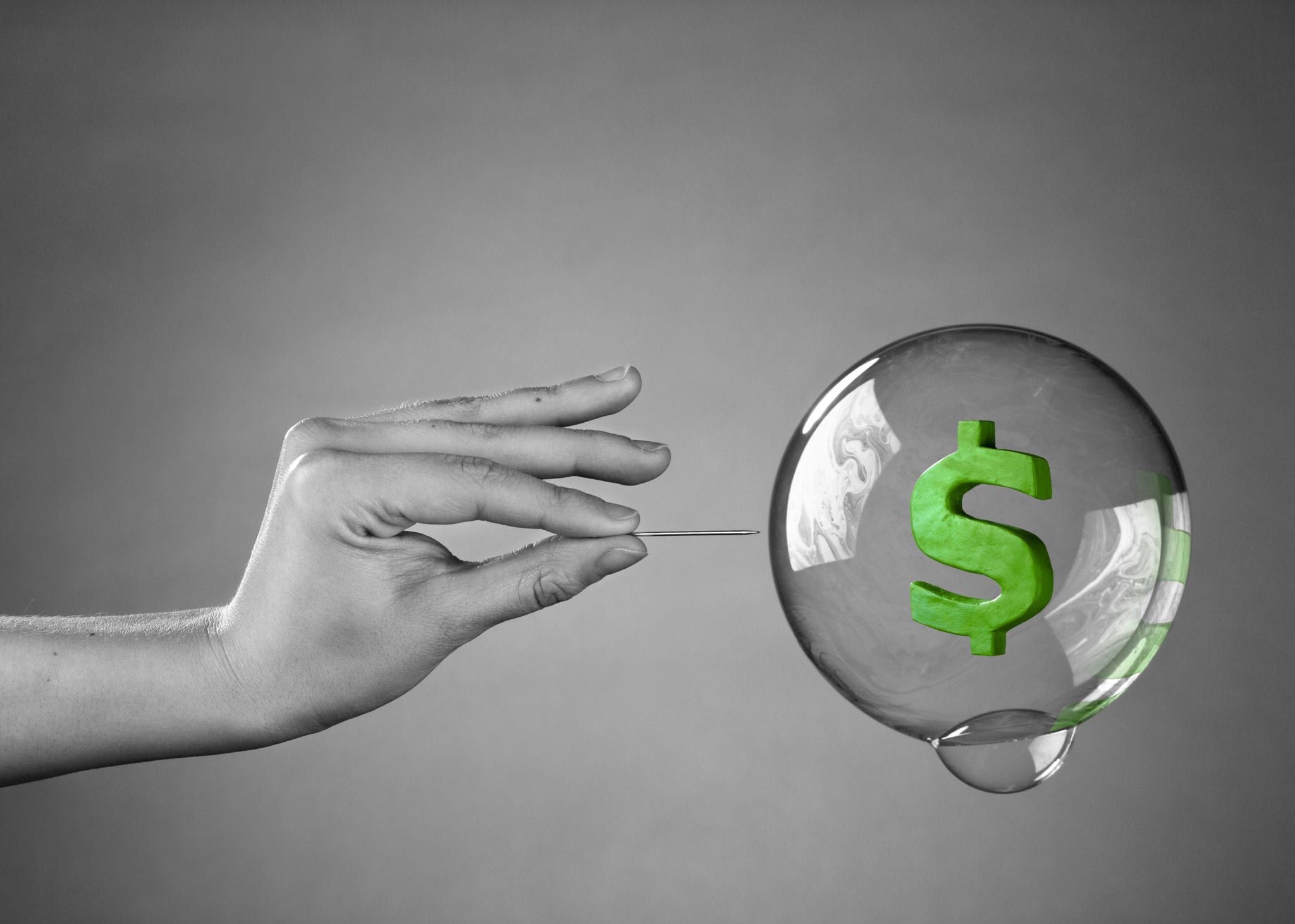
We’re living in a magical time where unicorns are being talked about in the media. We’re not talking about the fairytale animals, we’re talking about companies that all want one thing – to pass the $1 billion valuation mark.
As of Q2 of 2017, over 197 private companies joined the coveted unicorn-club, and their combined value exceeds $679 billion (Just for perspective, that’s slightly more than the GDP of Switzerland for 2016, and more than double that of Israel).
The rise of the term unicorn has also brought with it the less appealing term – the unicorpes, which is basically a nice way of describing the demise of a company formerly in the billion-dollar-unicorn club. So what is the connection and why should startups and investors be wary of unicorns? That’s what we’re here to discuss.
Should you strive to be a unicorn?
Nothing is wrong with shooting for the stars, but just wanting to ‘be a unicorn’ is not a driving force that will propel a startup to long term stability and success. The current market often places value on quantitative factors, using those as a measurement of a company’s worth, rather than

looking at their impact and potential for the long run. As a result, startups are often focused on the quantity of users rather than quality, or quick growth as opposed to sustainable growth. The result of the desire to receive a high valuation, make a quick exit and get a high turnover has created an industry that is focused on rapid disruption. While disrupting an industry has its benefits, disruption often leaves destruction behind and is too centric of a strategy to enable long term success. When innovation is focused on fixing rather than breaking, enterprises will likely be more open to innovation, ultimately, ensuring its long term stability.
So why is ‘being a unicorn’ not a sustainable strategy? Because the valuation within the startup community has little to do with the value of a company’s product or service in the eyes of the users and public. When a company goes public, their true valuation is assessed and determined rather than their supposed value as seen by their investors. If ‘unicornism’ was a measure of success, we would see far more unicorns launching IPO’s, yet this year only 5 of the 75 IPO’s have been unicorn companies going public (one of those being the much-debated IPO of Snap).
Warning Signs of Unicorpses
Michael Moritz, Chairman of Sequoia VC, was one of the first people to warn the world about the disappearance of unicorns and their demise to unicorpses saying that “there are a whole bunch of crazy little companies that will disappear,” he told Business Insider in 2015, “there are a considerable number of unicorns that will become extinct… there are some companies that don’t deserve the valuations they have.”
Which companies are at risk of becoming unicorpses? While no one is bold enough to name names, there are a few warning signs that companies should be aware of, the first being the low margin businesses that can be replaced by something newer and shinier in a moments notice.
According to Venture Capitalist Bill Gurley, overspending on these types of companies is one of the worst things for investors to do (and this is coming from a guy who invested in Uber, Snapchat, and Dropbox). The reason for this he says is that “these companies aren’t going through a proper audit process” adding that “we’re drifting from high-margin businesses to ever-increasing low-margin businesses in terms of what we’re saying are unicorns. Be careful. I don’t think it’s sustainable if you extrapolate that way.”
Companies whose service is replaceable, or whose unique differentiation has not been unique for a long time will have a tough time holding onto their unicorn status. Likewise, companies who have been stagnant in terms of user base or even employee count may not live to see their IPO since growth is a key factor when launching a company publicly. At the end of the day, popularity is not a measure of sustainability and should definitely not be confused with profitability.
The Unicorn Bubble Burst – Who Will Hurt the Most
 While no one wants to talk about it, the dreaded ‘b’ word is starting to make its rounds in the tech scene, and when the unicorn bubble bursts, it’s important to remember who will hurt the most. When the dot-com bubble burst, the public was hit hard with individuals retirements and personal savings taking the plunge, yet with the unicorn bubble, things will be different, considering most of the companies are privately held and backed by hedge funds, VC firms etc.
While no one wants to talk about it, the dreaded ‘b’ word is starting to make its rounds in the tech scene, and when the unicorn bubble bursts, it’s important to remember who will hurt the most. When the dot-com bubble burst, the public was hit hard with individuals retirements and personal savings taking the plunge, yet with the unicorn bubble, things will be different, considering most of the companies are privately held and backed by hedge funds, VC firms etc.
Ultimately, the ones who will truly feel the unicorn bubble burst will be the employees of the companies who bought into the dream of a billion-dollar company (at least on paper) and sacrificed salaries for free yoga sessions and the dream of vested options and will be left holding a dream with little value.
In order to avoid this, we predict that more and more startups will shift their strategies from unicorn to sustainable growth and will start collaborating with enterprises. If this is done, it’s safe to say that those that make the cut will likely be here for many years to come.